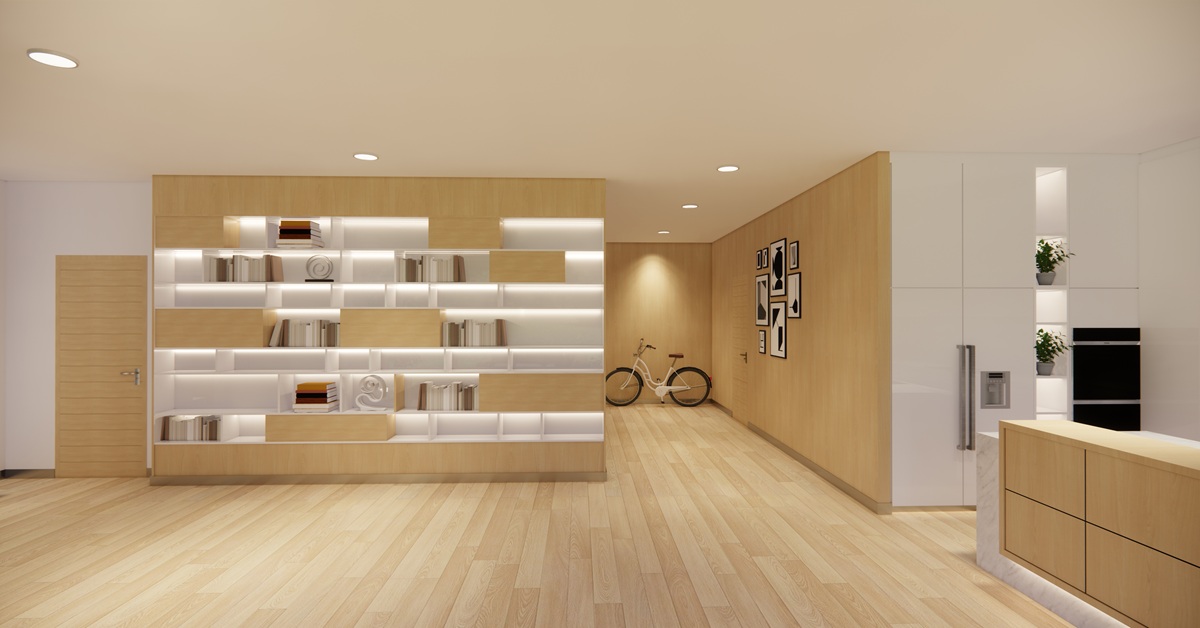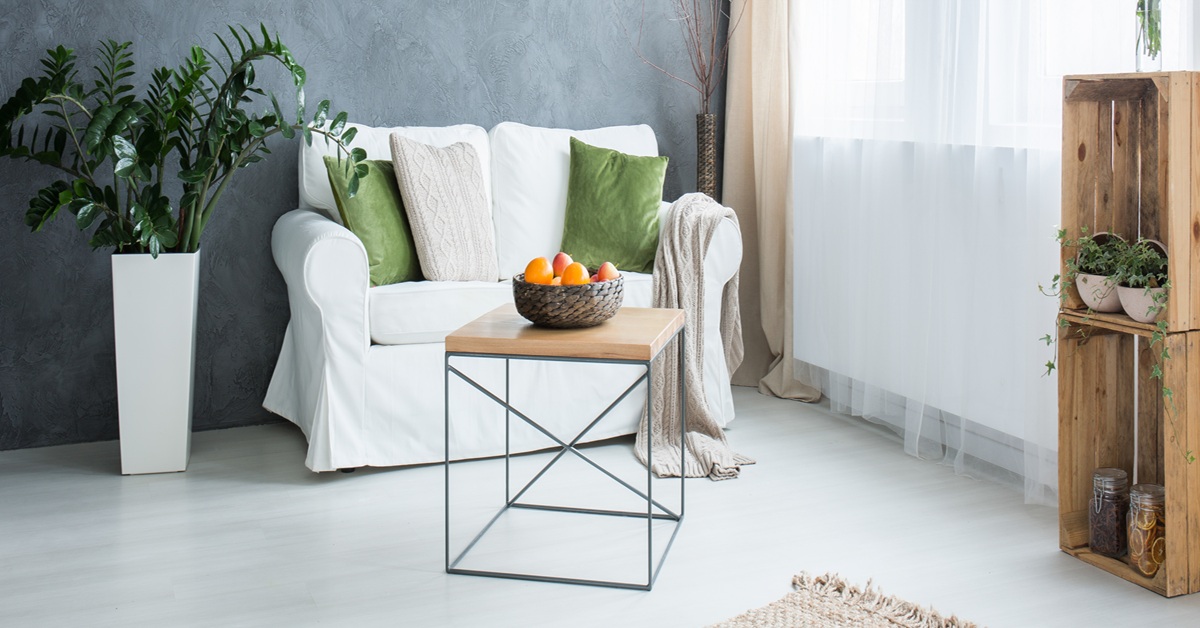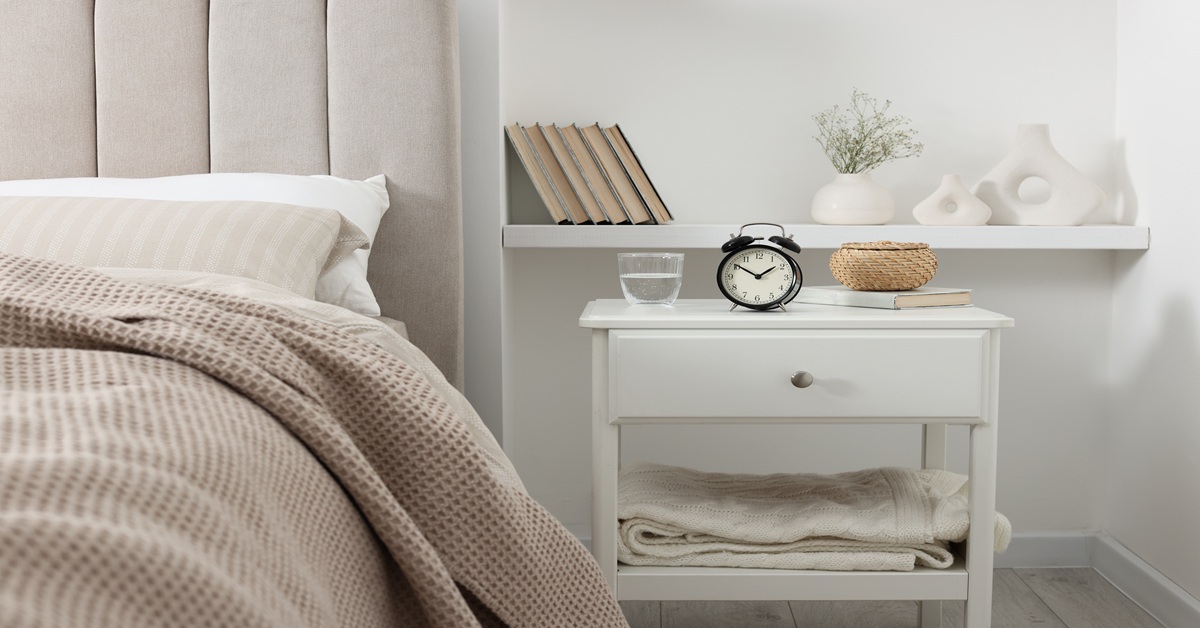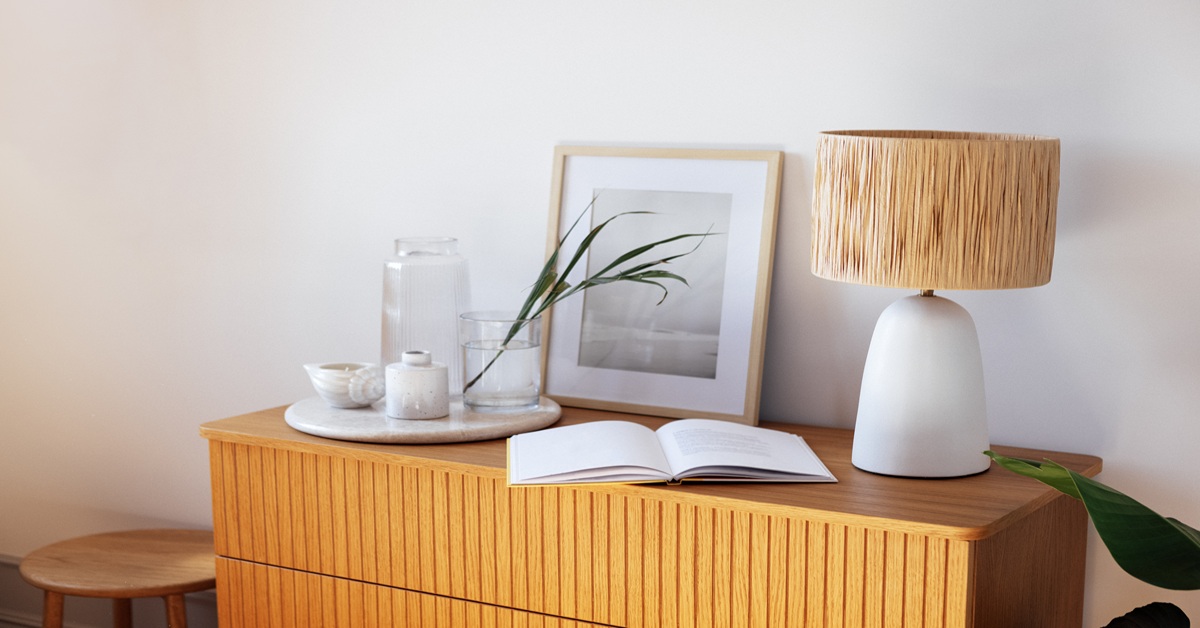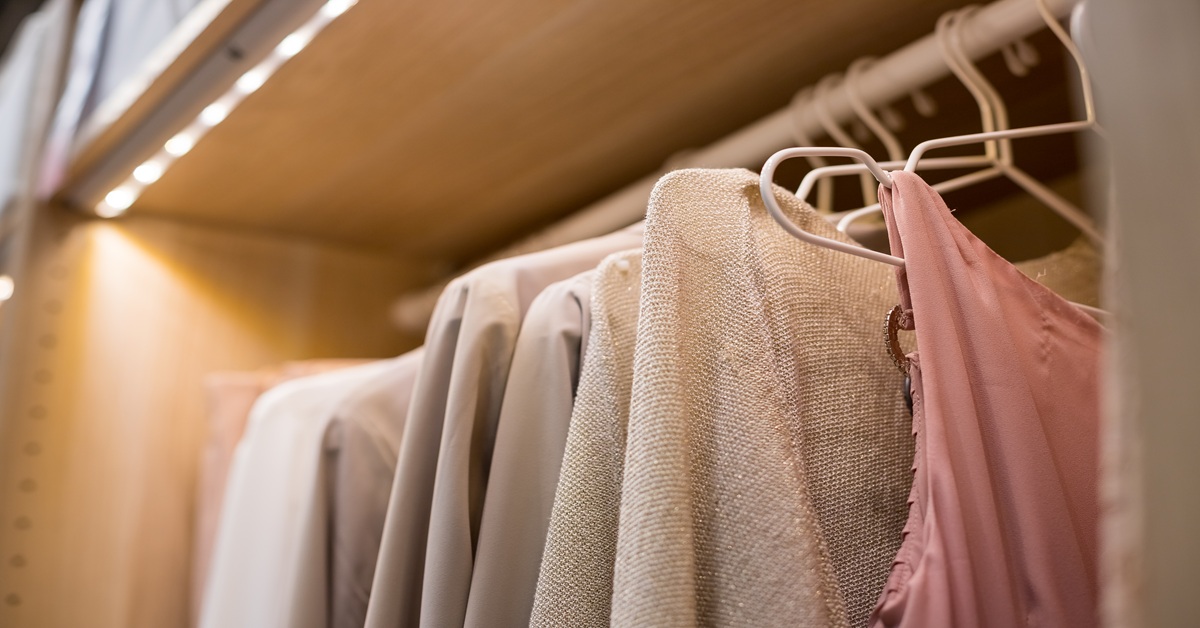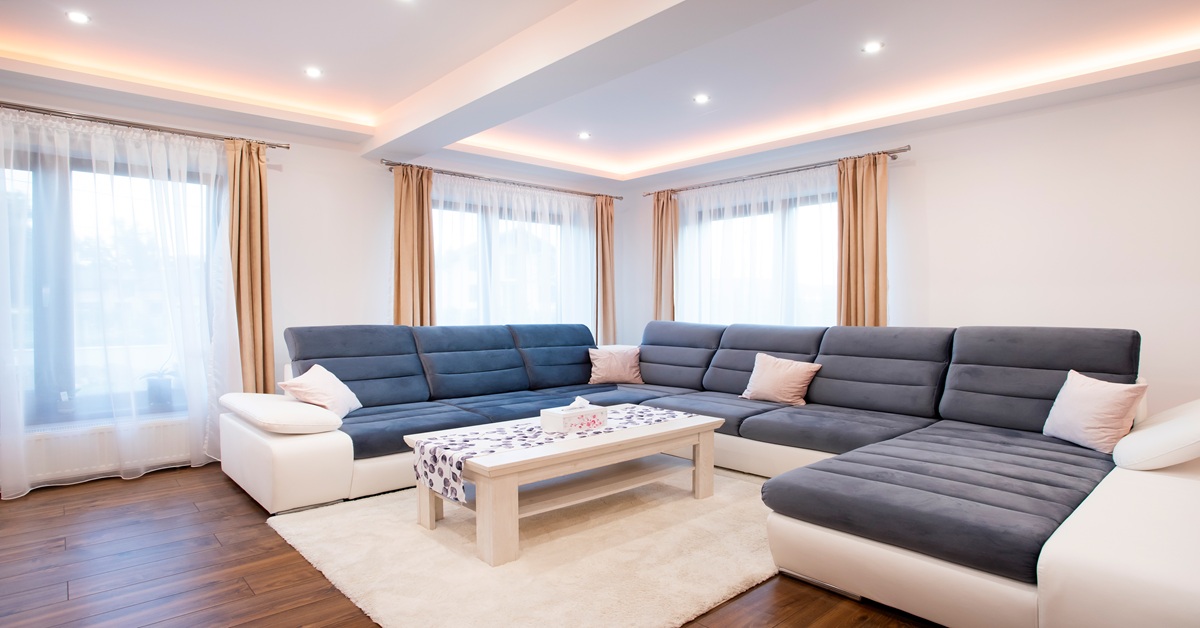Introduction
As the complexity of the demands imposed on building rises, materials preferred for their cost-effectiveness, simplicity of installation, and good performance are growingly popular. One such material is structural plywood. The features that set structural plywood apart from other forms of plywood, the several purposes it serves in the building sector, and the reasons behind its being the material of choice for builders wishing to create strong, damage-resistant buildings are discussed in this paper. Whether you are a homeowner organising a project, an architect, or a contractor, knowing the possibilities of structural plywood can help you make better-informed decisions about the building of your house.
Table of Contents
What Makes Plywood ‘Structural’?
Common Applications in Floors, Walls, and Roofing
Benefits of Structural Plywood in High-Load Areas
Choosing the Right Grade for Different Projects
Durability and Weather Resistance Considerations
What Makes Plywood ‘Structural’?
Structural plywood stands out from ordinary plywood in that it can take large weights and provides necessary support inside the construction of a business or residential building. To fuse several layers of wood veneers, this product is produced using high-strength adhesives with waterproof properties. Every veneer is positioned perpendicular to the one below it, therefore, the panel gains strength and is kept from warping, splitting, or drooping under weight. Structural plywood is used in applications where integrity and lifetime are non-negotiable because of its cross-laminated design. The performance of structural plywood depends on this design.
Not only is plywood’s “structural” quality derived from its manufacturing technique, additionally, but it also comes from the degree of industry standard and certification compliance. Structural plywood must follow strict guidelines, usually set by national or international organisations, if it is to be able to perform dependably in load-bearing conditions. These parameters consider many factors, including bending strength, shear capacity, and moisture resistance. The final product could be used in a safe way as a basic component of walls, floors, and ceilings in building projects conducted in both residential and commercial environments.
Common Applications in Floors, Walls, and Roofing
In flooring, structural plywood is often used as subflooring because it can distribute weights equally and show resistance to bending under weight. Its dimensional stability ensures that floors will remain firm and level, providing a solid basis for various materials, such as hardwood, laminate, or tile. To meet the specific needs of the construction of a structure, structural plywood panels come in a range of thicknesses as well. This qualifies them for light residential use as well as heavy-duty business uses.
Applied to wall systems, structural plywood is a useful sheathing material with lateral strength that helps the construction resist seismic and wind pressures. Improved wall structure stiffness is a necessary feature in buildings with several floors and in areas likely to suffer severe weather conditions. The roofing sector makes use of plywood, utilised for structural needs, to give shingles, tiles, and other roofing materials a strong base. It works remarkably under loads brought on by snow, rain, or activities carried out on the roof for maintenance operations and provides constant support across trusses or rafters.
Discover the strength of structural plywood today!
Benefits of Structural Plywood in High-Load Areas
In construction, high-load locations call for materials that can resist stress for a prolonged length of time without deforming or failing. Structural plywood performs remarkably in these kinds of applications because of its improved load-bearing characteristics. Its cross-laminated design distributes pressure equally, therefore lowering the possibility of failure in a given place. This makes it a great option for use in places like levels above basements, mezzanines, or industrial areas where heavy machinery or tools might be kept.
Apart from its strength, structural plywood has exceptional impact resistance, so it can withstand unanticipated forces without splitting or splintering. This material’s durability is particularly helpful in places with heavy foot traffic or those that might be impacted by moving machines or furniture. Structural plywood is less prone than other conventional solid wood products to change structurally with time. It can maintain its integrity even under regular repeated stresses. This makes it not only a dependable choice but also an investment for quite a long time for the necessary structural components.
Choosing the Right Grade for Different Projects
Choosing a suitable grade in the process of selecting structural plywood helps to ensure that it will function as expected for the intended usage. There are several classes of structural plywood available for purchase, the quality of the veneer faces mostly defines these grades. Whereas higher grades of plywood will have fewer flaws and may be smoother, lower grades of plywood may have knots, stains, or surface irregularities. Conversely, even lower-grade structural plywood can be quite useful in hidden or less aesthetically pleasing applications as long as it meets strength requirements.
The proper grade for your project will depend on factors such as the load requirements, degree of environmental exposure, and whether or not the plywood will be visible upon installation. For wall sheathing in exposed interiors, for example, a higher-grade structural plywood could be chosen, for roof decking covered by shingles, a lower-quality plywood would be sufficient. Besides, you should look for structural certification marks or stamps on the plywood. These stamps or marks show that the plywood has finished strict quality and performance testing in line with industry standards. Apart from reducing the structural risk, choosing a grade with knowledge helps to maximise project cost and efficiency.
Explore our range of structural plywood solutions now!
Durability and Weather Resistance Considerations
Particularly in cases of treatment or manufacture using adhesives resistant to the elements, structural plywood is produced to be impervious to their effects. One of its main benefits is its ability to maintain its strength and form even in circumstances with different degrees of humidity and temperature. This is why it is a perfect material for outside building projects like wall sheathing and roof decking, which are often exposed to the elements, including heat, cold and rain. Using waterproof glues in its construction helps to avoid delamination, a common issue with less expensive wood products often exposed to damp.
Pressure-treated structural plywood can be covered with preservatives that prevent insect infestations, fungal growth, and degradation of the structure. This would lengthen the plywood even more. Applications like subfloors in basements or roofs in coastal areas, both of which cause ongoing concern about moisture, call for this treatment, especially. Proper installation techniques, such as sealing edges and allowing for expansion gaps, are also crucial elements regarding the long-term performance of structural plywood in hostile environments. When used correctly, structural plywood can greatly extend the lifetime of your building project and help to lower the demand for costly repairs and substitute components.
Conclusion
From flooring and roofing to wall sheathing and formwork, structural plywood is indispensable in modern building because of its strength, stability, and adaptability over a great spectrum of uses. Its designed composition guarantees dependable performance under strain, so it is a necessary component for the construction of strong and durable buildings. Selecting premium structural plywood will help you develop a strong foundation that will last for years, whether you are building a business structure or a house. It is a pillar of construction supporting shape and purpose in every project, not only a building component.
From floor to rooftop, structural integrity starts here. Explore Wigwam Ply’s collection for versatile plywood built to meet your construction needs.
FAQs
1. What grades of structural plywood are available?
Grades range from A to D, with A being the highest quality. Selection depends on the specific requirements of the construction project.
2. Is structural plywood weather-resistant?
Yes, especially when treated or manufactured with waterproof adhesives, making it suitable for exterior applications.
3. Can structural plywood be used for roofing?
Its strength and durability make it an excellent choice for roof decking and support structures.
4. How do I choose the right structural plywood for my project?
Consider factors like load requirements, exposure conditions, and the specific grade needed for your application.
5. Is structural plywood environmentally friendly?
Many manufacturers produce structural plywood using sustainable practices and certified wood sources.

